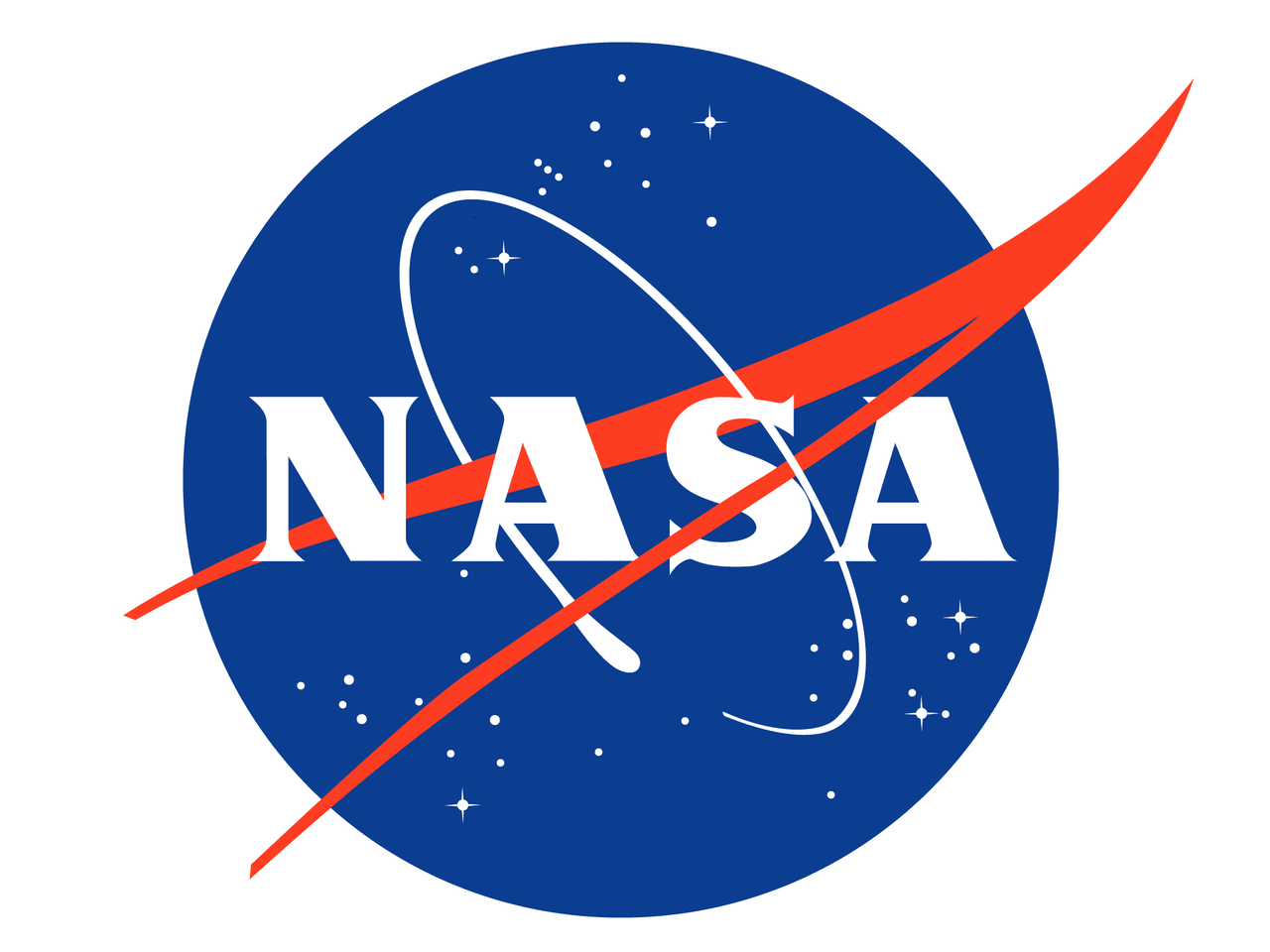NASA’s Human Exploration Rover Challenge (HERC): 8 Tips to Help You Win
If you’re a high school student interested in pursuing a career in engineering, robotics, or space exploration, one of the best ways to give your college applications a boost is to participate in a competition that highlights your grasp of the subject. NASA’s Human Exploration Rover Challenge (HERC) presents a good opportunity to do so.
The competition is designed to give you hands-on engineering experience, allowing you to explore your interests and improve your skills in a real-world setting. It also gives you the chance to network with industry professionals and work as a team with peers your age.
In this blog, we’ll discuss what makes NASA’s HERC one of the most prestigious space exploration challenges for high schoolers in the U.S. and give you some tips to win! Note that the following information is based on the most recent program, with dates subject to change but generally similar from year to year.
What is NASA’s Human Exploration Rover Challenge (HERC)?
NASA’s Human Exploration Rover Challenge (HERC) is a competition that aims to develop hands-on engineering skills in high school students interested in a career in space exploration. Held under NASA’s Artemis Student Challenge, it derives inspiration from both the Apollo and Artemis missions and emphasizes building skills pertaining to designing, constructing, and testing space technologies as well as traversing challenging extraterrestrial terrains.
Under this competition, participating teams can choose either of the two divisions to compete in—the traditional Human-Powered (HP) division or the new Remote-Controlled (RC) division. Teams choosing the former division will be tasked with developing a safe and functional vehicle while those choosing the latter will be required to solve complex scientific tasks with a purpose-built vehicle.
Teams will be scored based on the successful completion of design reviews, designing and assembling their specified types of rovers, and completing relevant course obstacles. Eventually, the team with the highest number of points in each category will emerge as the winner of their respective division.
How is HERC structured?
HERC is tentatively held from August to April of the next year. Here’s an idea of how the program is structured based on how it was divided:
Prerequisites
August 1: The HERC Handbook is released.
August 29: Proposal expectations webinar is held.
Application and preparation
September 19: Team proposals are due.
October 3: Team selections are announced and registration for selected teams is opened.
October 10: Kickoff webinar is held.
October 17: The social media presence of the teams is established and registration is closed.
November 14: The DR report and presentation are due.
November 25 – December 18: DR presentations; the design is completed, and construction is in progress.
February 6: Final travel roster of team members is due; team photo is due.
February 27: STEM engagement report is due.
March 6: Operational Readiness Review Report and Presentation is due; photos of the completed rover for verification are due.
March 10 – March 28: ORR presentations; Rover/components completed and testing in progress.
Competition
April 10: Competition day 1
April 11: Competition day 2
April 12: Competition day 3 (along with the awards ceremony)
Where is HERC held?
HERC is an in-person event held at Huntsville, Alabama, at the U.S. Space & Rocket Center.
What is the eligibility criteria?
To be able to participate in HERC, your team must meet the following criteria:
All team members must be enrolled in middle school/high school/accredited institutions of higher learning/institutions, such as science centers, youth-serving organizations, etc.
Middle schoolers must be within 11-14 years of age.
High schoolers must be within 14-19 years of age.
Students enrolled in accredited institutions of higher learning must be undergrads and 18 or older (students younger than 18 may require age and enrollment verification).
Students enrolled in institutions such as science centers or youth-serving organizations must follow educational level age requirements as listed above.
No combination of middle school, high school, and accredited institutions of higher learning is allowed.
Does HERC have a participation cost?
No, there are no costs involved in participating in HERC.
However, teams are responsible for their own expenses related to travel, accommodation, and building the rover, including materials, tools, and any testing they wish to perform.
How do you apply to HERC?
To apply to HERC, your team must submit a proposal. If selected, your team lead will be allowed to register for the competition through NASA STEM Gateway.
Once done, they will receive an offer letter. After the team lead accepts the offer letter, they will be able to send individual invitations to every team member through NASA STEM Gateway to register as part of the team.
8 tips to help you win NASA’s HERC
Now that you have the information you need to partake in NASA’s HERC, it’s time to think about how you can win.
1. Read the handbook rigorously.
The HERC handbook is a comprehensive guide that contains all you need to be aware of to take part in this challenge. Before you deep dive into competition preparation, make sure to check the guide thoroughly. This will help you stay informed and aligned with the competition’s scope, rules, regulations, requirements, scoring criteria, etc.
2. Analyze past winners.
There’s a lot you can learn by simply observing the strategies of the past HERC winners. Gather your team and take out the time to study the approach of past winners. Focus on understanding the unique choices made regarding the rover’s design, material, etc., and how it led to their victory.
3. Develop a solid team strategy.
Since you will be working with a team, it’s essential to have a solid team strategy in place. This includes defining roles, planning on how to overcome obstacles, ensuring smooth communication, etc. Great teamwork often turns out to be a decisive factor in winning any competition.
4. Leverage official NASA resources.
NASA provides a list of guides, resources, and other materials that prove extremely helpful in navigating the competition. They also contain expert insights that help participants engineer the rover with maximum efficiency. Taking advantage of these resources can help boost your chances of winning the competition.
5. Focus on material quality.
When it comes to a rover, material quality plays a pivotal role as it directly affects the vehicle’s weight. Ideally, a rover should be built for speed, maneuverability, and durability. Make conscious choices when it comes to the material of the rover. Go for lightweight yet sturdy ones like carbon fiber and aluminum.
6. Prioritize ergonomic design.
Creating an ergonomic rover design is crucial as it affects the vehicle’s overall efficiency and comfort. Moreover, since this one will be a human-powered rover, it’s all the more important to be meticulous with the design.
Think from the user’s end when designing elements like seats, pedal systems, hand controls, etc. An ergonomic design not only makes the rover comfortable for human use but also ensures smooth performance.
7. Emphasize maneuverability.
Maneuverability is also a crucial factor that determines a rover’s actual efficiency. Design the rover in a way that ensures it’s optimized for agility. Make sure it can navigate tight corners, obstacles, and uneven terrains without fault.
8. Test your rover on diverse terrains.
Lastly, it’s very important to test drive the rover before the actual competition. Since the HERC course simulates extraterrestrial terrains, you’d want to be sure that your rover runs smoothly on different surfaces like sand, gravel, dirt, etc. This will enable you to identify and handle any design weaknesses prior to the competition.
If you’re looking to build a project/research paper in the field of AI & ML, consider applying to Veritas AI!
Veritas AI is founded by Harvard graduate students. Through a variety of programs, it offers high school students the chance to work 1:1 with mentors from universities like Harvard, Stanford, MIT, and more to create unique, personalized projects. In the past year, we had over 1000 students learn AI & ML with us. You can apply here!
Image Source: NASA logo

